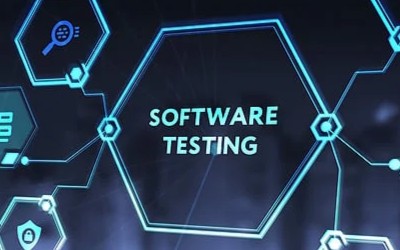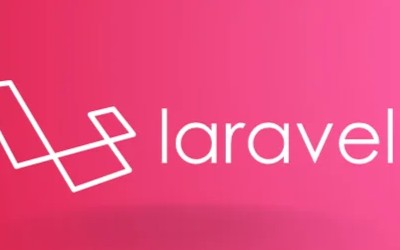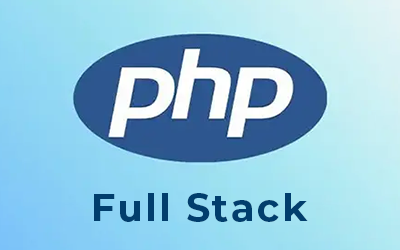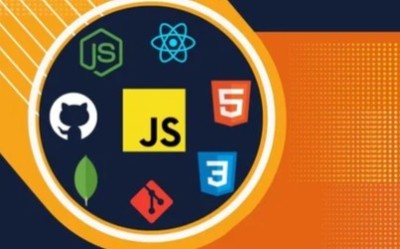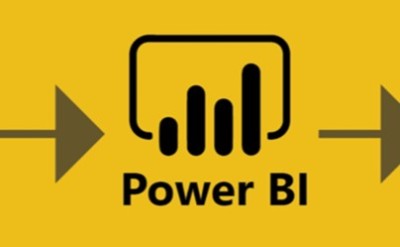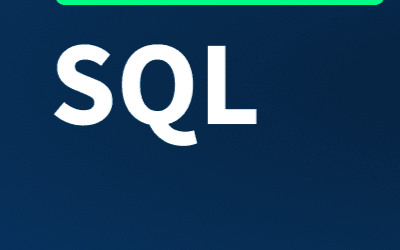Highlights:- Cloud Service Models: Deep dive into IaaS, PaaS, and SaaS and how they are used to build anddeploy scalable applications. - Cloud Architecture Design: Learn how to design robust, secure, ...
Highlights:
- Cloud Service Models: Deep dive into IaaS, PaaS, and SaaS and how they are used to build anddeploy scalable applications. - Cloud Architecture Design: Learn how to design robust, secure, and cost-efficient cloud
architectures. - Cloud Security: Explore key security practices to protect cloud infrastructure and data. - Cloud Automation and DevOps: Understand the role of automation and DevOps in cloud
environments.
- Cost Management and Optimization: Learn strategies for optimizing cloud resource usage andminimizing costs. - Multi-Cloud and Hybrid Cloud Strategies: Gain expertise in using multiple cloud providers andcombining on-premise and cloud resources. - Cloud Networking: Learn cloud networking concepts and how to manage secure and efficient
network infrastructures in the cloud. - Serverless Computing: Understand serverless architecture and how to build applications without
managing servers.
Course Objective:
By the end of this course, you will be able to: - Understand and implement IaaS, PaaS, and SaaS solutions for diverse use cases. - Design cloud architecture to meet business and technical requirements. - Manage cloud infrastructure securely and cost-effectively. - Automate cloud deployment using DevOps practices and tools. - Optimize cloud resource usage to reduce operational costs. - Implement hybrid and multi-cloud solutions to ensure flexibility and scalability. - Gain proficiency in cloud networking and serverless computing models.
Course Structure:
1. Cloud Service Models
- Introduction to Cloud Service Models: Understanding the differences and use cases for IaaS, PaaS, and SaaS. - IaaS Deployment: Setting up virtual machines, networks, and storage in IaaS environments likeAWS EC2 or Azure Virtual Machines. - PaaS Solutions: Implementing Platform-as-a-Service to deploy applications without worryingabout underlying infrastructure (e.g., AWS Elastic Beanstalk, Google App Engine).
- SaaS Applications: Exploring popular Software-as-a-Service solutions and integrating themintobusiness environments. - Hybrid Use Cases: Leveraging a combination of IaaS, PaaS, and SaaS to create flexible and scalablesystems
2. Cloud Architecture Design
- Cloud Design Principles: Understanding scalability, availability, and fault tolerance in cloud-basedarchitectures. - Designing for High Availability: Best practices for ensuring applications are always accessibleandresilient to failure. - Cloud Storage Solutions: Understanding different types of cloud storage (e.g., object storage, block storage) and selecting the right solution. - Designing Secure Cloud Infrastructure: Best practices for securing cloud environments, includingnetwork security, identity, and access management. - Cloud Architecture Optimization: Techniques for optimizing performance, cost, and security inacloud environment.
3. Cloud Security
- Securing Cloud Infrastructure: Principles for securing cloud networks, data, and applications. - Identity and Access Management (IAM): Managing user permissions, authentication, and
authorization in the cloud. - Data Encryption in the Cloud: Ensuring data confidentiality using encryption techniques andcloud-native encryption tools. - Compliance in the Cloud: Ensuring cloud environments comply with relevant standards andregulations (e.g., GDPR, HIPAA). - Incident Response and Disaster Recovery: Designing and implementing strategies for respondingto security incidents in the cloud and recovering from them.
4. Cloud Automation and DevOps
- Introduction to Cloud Automation: Understanding the benefits and tools for automating cloudinfrastructure provisioning.
- Infrastructure as Code (IaC): Using tools like Terraform, AWS CloudFormation, and Azure ResourceManager to manage cloud resources programmatically. - DevOps Practices in the Cloud: Integrating DevOps practices to improve the speed and qualityof
software delivery in cloud environments. - CI/CD Pipelines in Cloud: Automating deployment pipelines using cloud services like AWS
CodePipeline, Jenkins, and GitLab. - Monitoring and Logging: Setting up monitoring and logging solutions to keep track of cloudinfrastructure and application performance.
5. Cost Management and Optimization
- Understanding Cloud Pricing Models: Learning how cloud service providers price resources (e.g., compute, storage, data transfer) and how to read pricing calculators. - Cost Estimation Tools: Using cloud-native tools (e.g., AWS Cost Explorer, Azure Cost Management)
to estimate and monitor cloud spending. - Cost Optimization Strategies: Implementing best practices for reducing cloud costs, such as
rightsizing, auto-scaling, and selecting cost-effective storage solutions. - Reserved vs. On-Demand Instances: When to choose reserved instances versus on-demandinstances to save costs. - Cloud Billing and Financial Management: Understanding billing reports and managing cloudexpenses across multiple projects or teams.
6. Multi-Cloud and Hybrid Cloud Strategies
- Multi-Cloud Strategy: Benefits and challenges of using multiple cloud providers for greater
flexibility and redundancy. - Hybrid Cloud Architectures: How to integrate on-premise data centers with public clouds tocreatehybrid solutions. - Cloud Portability: Ensuring that applications and data can be moved easily between cloud
providers and on-premise environments. - Cloud Federation: Techniques for managing multiple cloud environments seamlessly. - Disaster Recovery in Hybrid Cloud: Setting up disaster recovery strategies that span both on- premise and cloud systems
7. Cloud Networking
- Virtual Networks in the Cloud: Configuring and managing virtual private networks (VPNs), subnets, and routing in cloud environments. - Cloud Load Balancing: Using load balancers to distribute traffic across cloud-based resources andimprove scalability. - Network Security in the Cloud: Configuring firewalls, security groups, and network ACLs (Access
Control Lists) to protect cloud networks. - Cloud DNS and CDNs: Understanding Domain Name Systems (DNS) and Content Delivery
Networks (CDNs) in cloud environments. - Private Cloud Connectivity: Implementing secure connections between on-premise and cloudnetworks (e.g., AWS Direct Connect, Azure ExpressRoute).
8. Serverless Computing
- Introduction to Serverless Architecture: Understanding the benefits and challenges of serverlesscomputing in the cloud. - Serverless Computing Platforms: Working with platforms like AWS Lambda, Google Cloud
Functions, and Azure Functions to deploy applications without managing servers. - Event-Driven Architectures: Designing cloud applications that respond to events (e.g., file uploads, user actions) without provisioning servers. - Scaling Serverless Applications: Understanding auto-scaling mechanisms in serverless
environments. - Serverless Security: Addressing security concerns specific to serverless computing, such as
permissions and event data protection
9. Capstone Project and Real-World Applications
- Hands-on Cloud Labs: Apply your knowledge by designing and deploying cloud-based systems
using IaaS, PaaS, and SaaS models. - Cloud Architecture Design: Create and present a comprehensive cloud architecture for a givenbusiness case, ensuring scalability, security, and cost-efficiency.
- Cloud Security Incident Response: Simulate a security breach and implement response strategiesin a cloud environment. - Cost Optimization Strategy: Propose and implement a cost-optimization strategy for a cloudinfrastructure based on real usage data. - Final Project Presentation: Present your cloud architecture designs, security measures, andoptimization strategies to the class.
Learning Methodology:
- Interactive Lessons: In-depth lessons with case studies and real-world examples to help youunderstand intermediate cloud concepts. - Lab-Based Learning: Gain practical experience through hands-on labs that simulate real-worldcloudcomputing challenges. - Assessments and Quizzes: Test your knowledge with quizzes and assignments after each moduletoreinforce your learning. - Live Sessions: Participate in live coding and troubleshooting sessions with instructors to discuss
complex cloud scenarios. - Discussion Forums: Interact with peers to share ideas, ask questions, and collaborate on cloud- related projects
Who Should Enroll:
- Cloud Enthusiasts: Individuals with a basic understanding of cloud computing who want to deepentheir knowledge and skills. - IT Professionals: Network administrators, system administrators, and developers who wish tospecialize in cloud technologies. - Cloud Architects: Professionals seeking to design and deploy more advanced cloud-based solutions. - DevOps Engineers: Those looking to implement DevOps practices in cloud environments for
continuous integration and delivery. - Students: Learners in computer science, information technology, or related fields who want topursue a career in cloud computing.
This Cloud Computing Intermediate course will help you move beyond the basics, providing youwiththe skills and knowledge needed to design, deploy, and manage complex cloud environments. Whether you're focused on cloud architecture, security, cost management, or automation, this
course offers a well-rounded approach to mastering intermediate cloud computing concepts.

